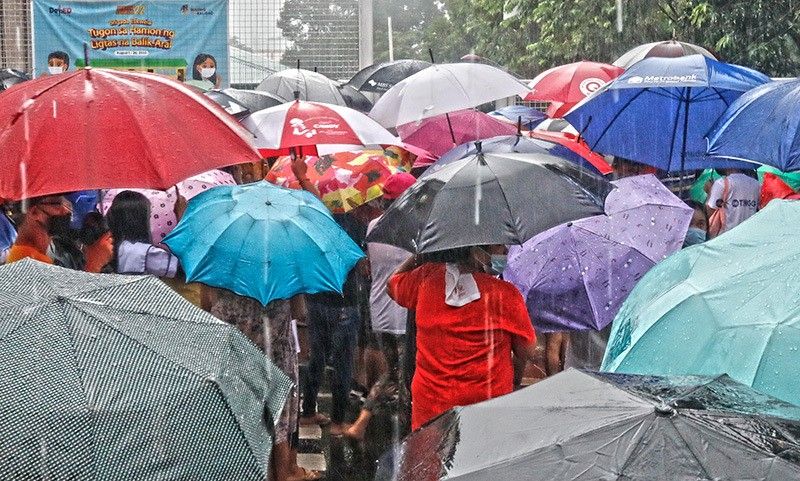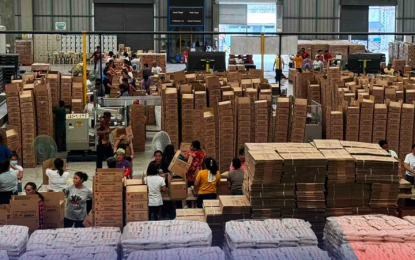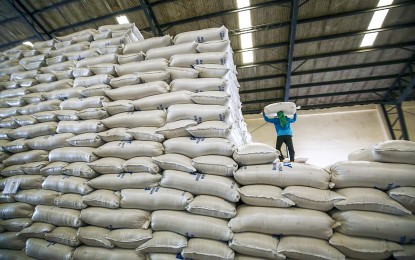Pork prices in NCR rise to as much as P480 per kilo
Pork prices in the National Capital Region (NCR) have soared to as much as P480 per kilo, prompting a group of farmers to call for a maximum suggested retail price on pork.

The price of pork in Metro Manila continues to soar, with pork belly (liempo) now ranging from ₱380 to ₱480 per kilo, while pork ham (kasim) is priced between ₱340 and ₱420 per kilo, according to the Department of Agriculture (DA). These figures have raised concerns among consumers and industry stakeholders, prompting calls for government intervention to address the issue.
Farmgate Prices and Regional Disparities
The Samahang Industriya ng Agrikultura (SINAG) has flagged the high retail prices in Metro Manila, noting that they are disproportionate to farmgate prices. According to SINAG, the farmgate price of pork ranges from ₱220 to ₱240 per kilo, which should translate to a maximum retail price of ₱380 per kilo.
In contrast, pork prices in the provinces remain within acceptable ranges, reflecting a disparity that highlights the complexities of the supply chain in urban markets.
Consumer Concerns and Calls for Regulation
Consumer groups have urged the DA to implement a maximum suggested retail price (MSRP) to curb the soaring costs, particularly the ₱480 per kilo rate observed in some Metro Manila markets. These groups argue that setting an MSRP would provide much-needed relief to consumers while ensuring fair pricing across the supply chain.
Government Response and Value Chain Assessment
Agriculture Secretary Francisco Tiu Laurel Jr. has acknowledged the concerns and confirmed that the proposal for an MSRP is under review. He emphasized the need to assess the value chain to identify where the ₱100 to ₱150 margin is being added, suggesting that inefficiencies or excessive markups may be contributing to the high retail prices.
The DA has also reactivated its price and volume monitoring body to closely track pork supply and pricing trends. This initiative aims to foster transparency and accountability within the industry, ensuring that consumers are not unfairly burdened by inflated costs.
Looking Ahead
As the DA continues its review, stakeholders are hopeful that a balanced solution can be reached—one that addresses consumer concerns while supporting the livelihoods of farmers, traders, and retailers. The outcome of this review will be critical in shaping the future of pork pricing in Metro Manila and ensuring that the market operates fairly and sustainably.
What's Your Reaction?












/https://tf-cmsv2-smithsonianmag-media.s3.amazonaws.com/filer_public/54/66/546650fa-26a4-40fd-8d6d-5a7a04540f81/rosetta2.png)
:max_bytes(150000):strip_icc():focal(999x0:1001x2)/robert-prevost-050825-1-39395418ab494da5a3a700c9478e66c8.jpg)















































format(webp))
format(webp))

























